Ostatnim akordem wielkanocnej trasy była krótka wizyta w Muzeum Zamkowym w Pszczynie. Akurat wczoraj był wtorek, więc skorzystaliśmy z @foggymeadow z darmowego wejścia. "Promocja" pozwala zobaczyć tylko część ekspozycji, ale i też nie mieliśmy zbyt dużo czasu, więc okazało się to optymalne. We wnętrzu zamku ostatni raz byłem może z 10 lat temu podczas jakiejś nocy muzeów. Pamiętam, że był wtedy straszny tłok. Wczoraj było o wiele lepiej.
The last chord of our Easter trip was a short visit to the Castle Museum in Pszczyna. Yesterday was Tuesday, so me and @foggymeadow took advantage of free admission. The "promotion" only allows access to a part of the exhibition, but we also didn't have too much time, so it turned out to be optimal. The last time I was inside the castle was maybe 10 years ago during The Long Night of Museums. I remember it was very crowded then. Yesterday was much better.
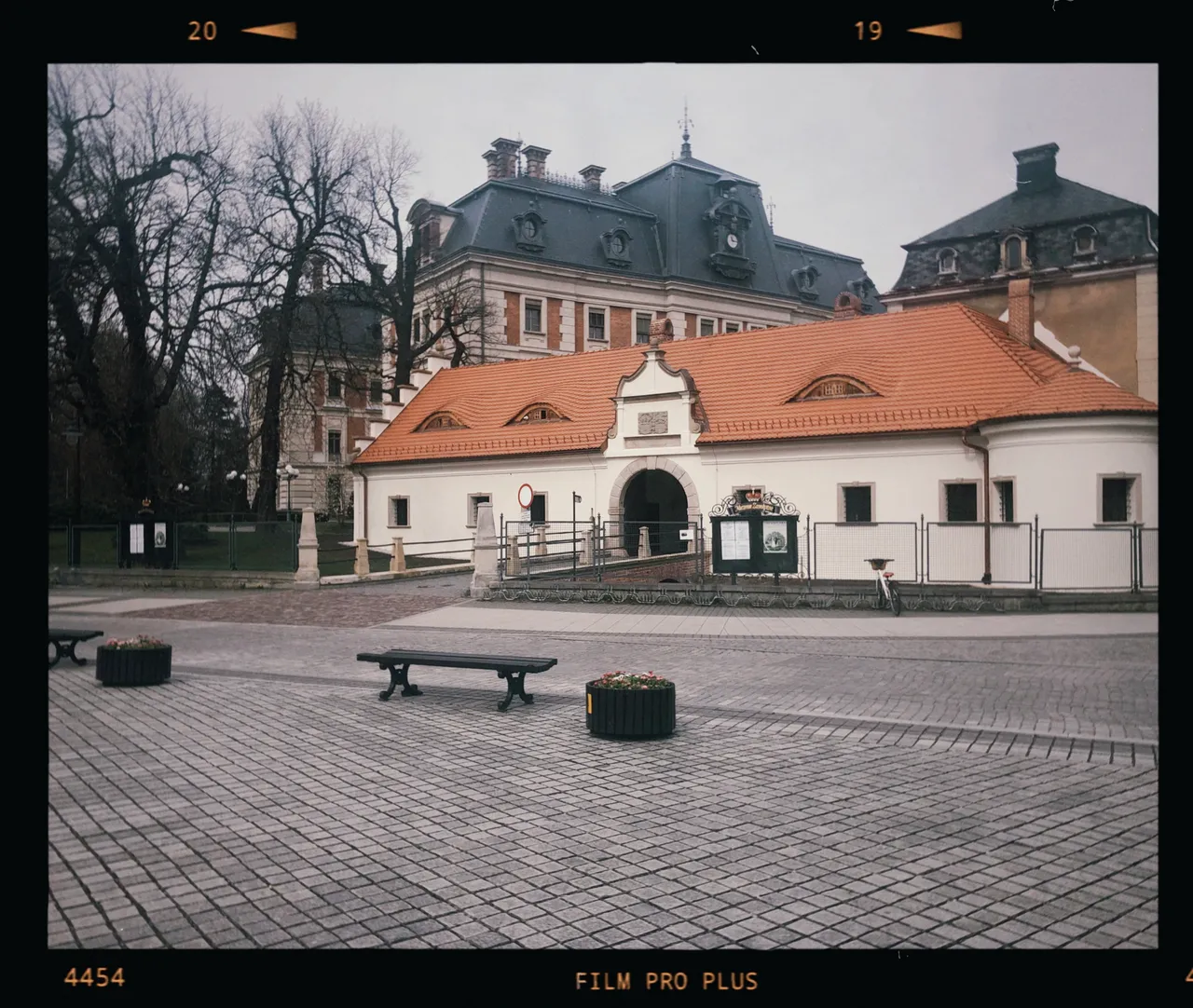
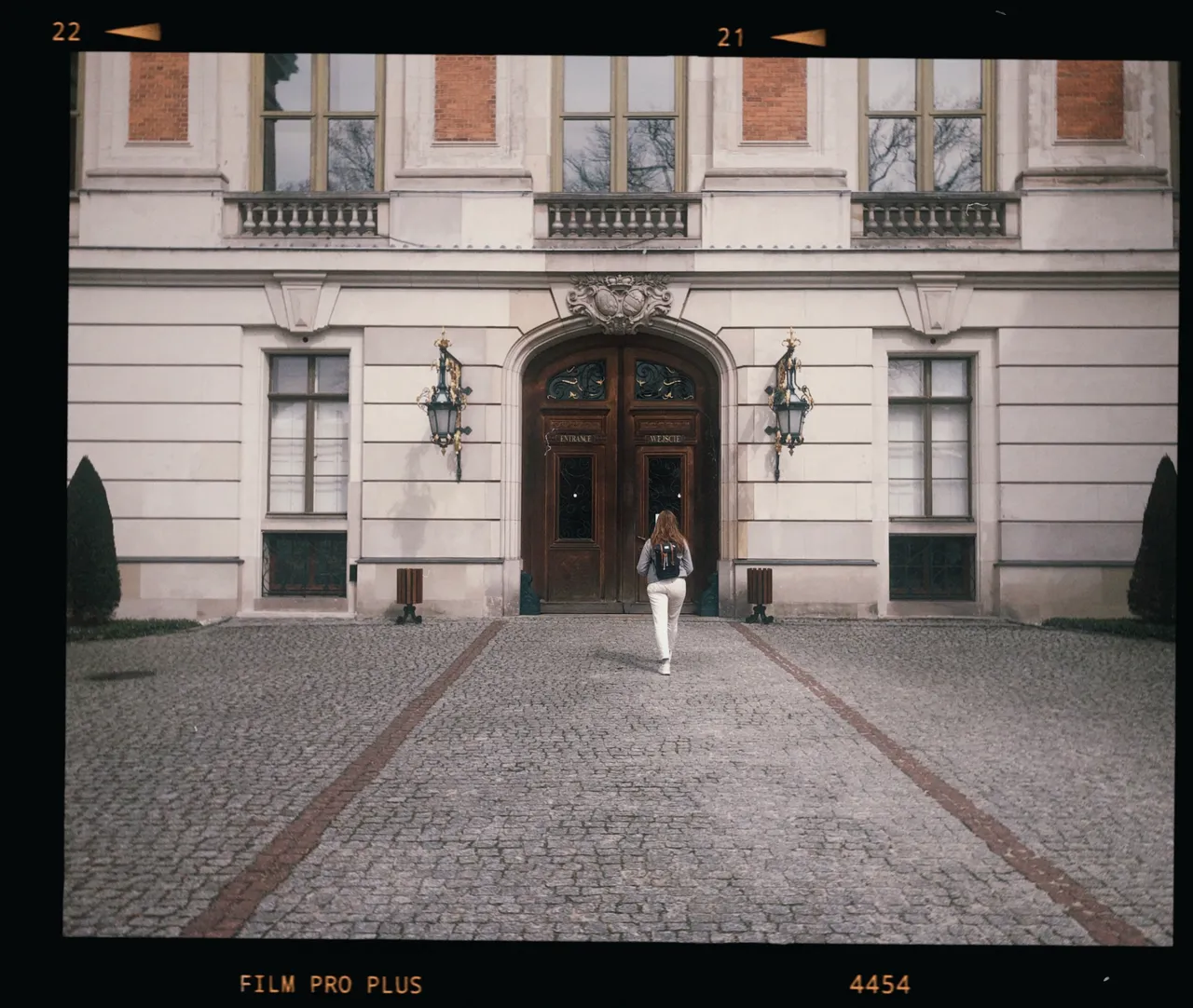
Dzieje pszczyńskiego zamku sięgają I połowy XV wieku. Był on wielokrotnie przebudowywany, więc dzisiejsza bryła w niczym nie przypomina średniowiecznej warowni. Obronny charakter zanikł, a zamek zamienił się de facto w pałac. Obecnego kształtu budynek nabrał w latach 1870–1876, kiedy to został przebudowany w stylu neobarokowym. Pracami kierował francuski architekt Hippolyte Alexandre Destailleur.
The history of the Pszczyna castle dates back to the first half of the 15th century. It has been repeatedly rebuilt, so today's shape does not resemble the medieval fortress at all. Its defensive character disappeared, and the castle turned into a palace. The present form of the building was acquired in the years 1870-1876 when it was rebuilt in the Neo-Baroque style. The work was led by the French architect Hippolyte Alexandre Destailleur.


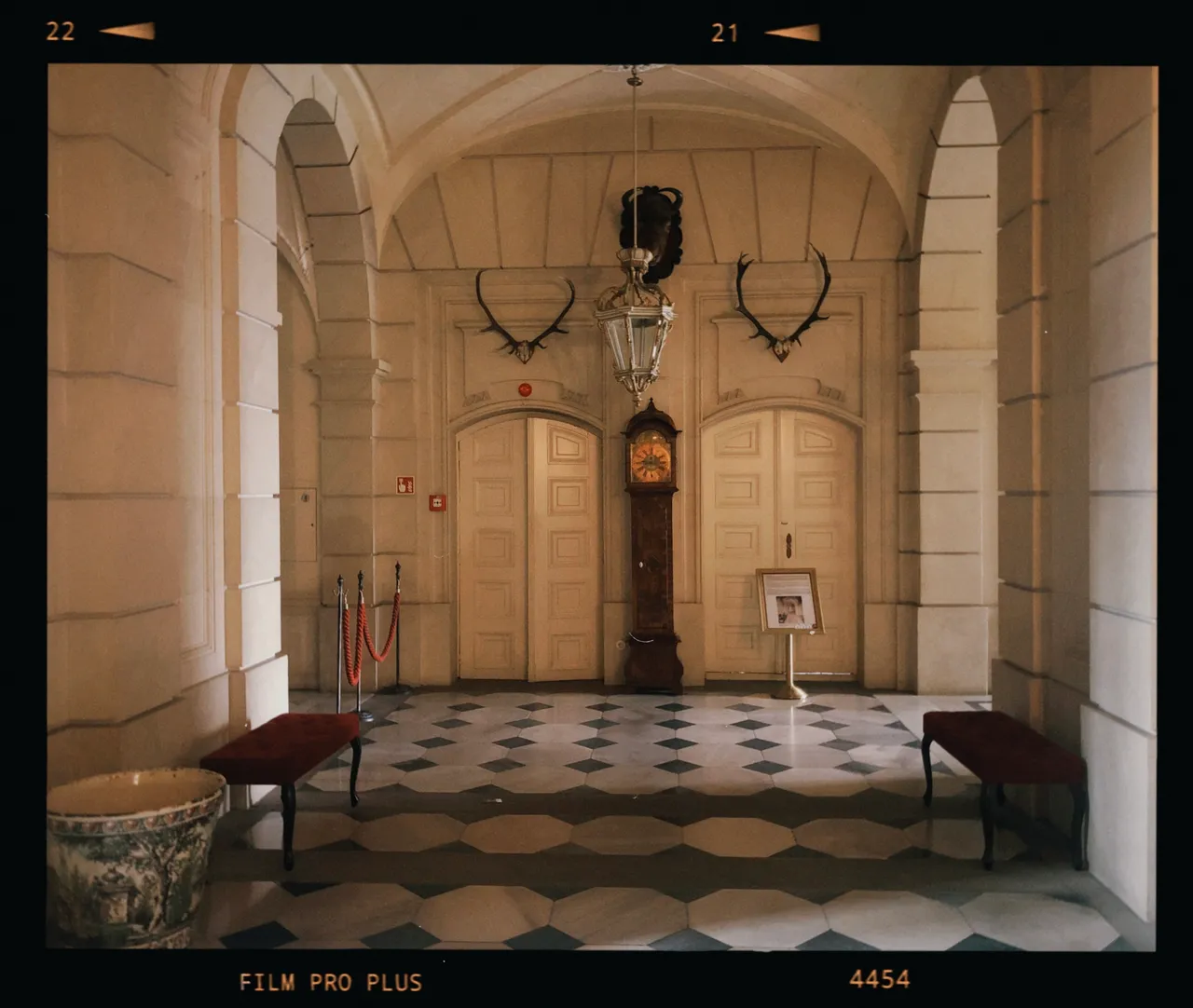
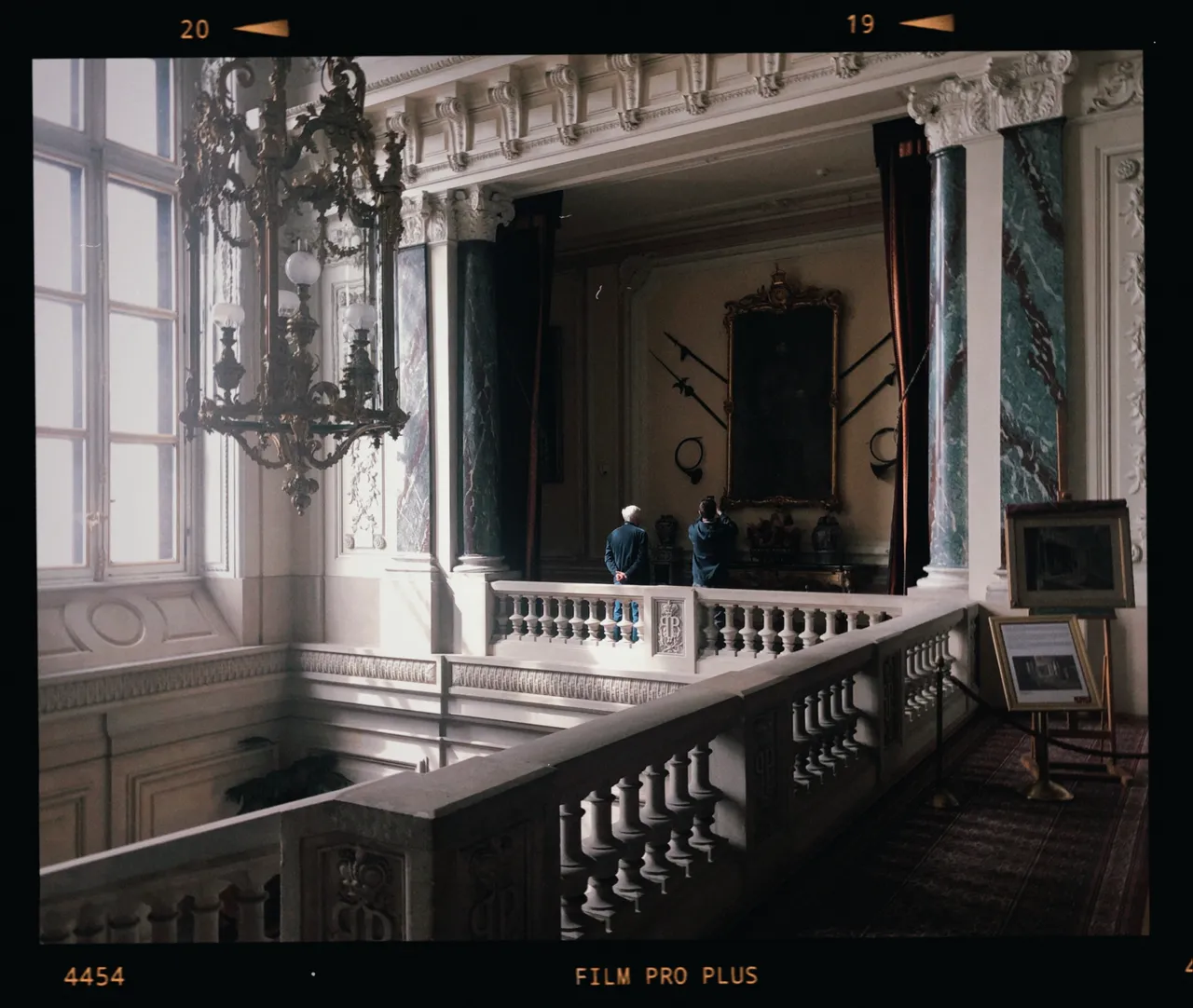
Co najmniej z kilku powodów pszczyński zamek jest miejscem wyjątkowym. Pierwszy związany jest z jego stanem zachowania. W przeciwieństwie do wielu śląskich rezydencji nie uległ zniszczeniu ani dewastacji podczas i po II wojnie światowej. Bardzo szybko podjęto decyzję o zorganizowaniu w nim muzeum. Stało się to jeszcze w czerwcu 1945 roku. Obecnie około 80% wyposażenia wnętrz jest oryginalne, czyli w takiej samej formie, jak w XIX i XX wieku lub jeszcze wcześniej.
There are at least several reasons why the Pszczyna Castle is a unique place. The first is related to its state of preservation. Unlike many Silesian residences, it did not suffer destruction or devastation during or after World War II. A decision was made very quickly to organize a museum inside. This happened already in June 1945. Currently, about 80% of the interior furnishings are original, in the same form as in the 19th and 20th centuries or even earlier.
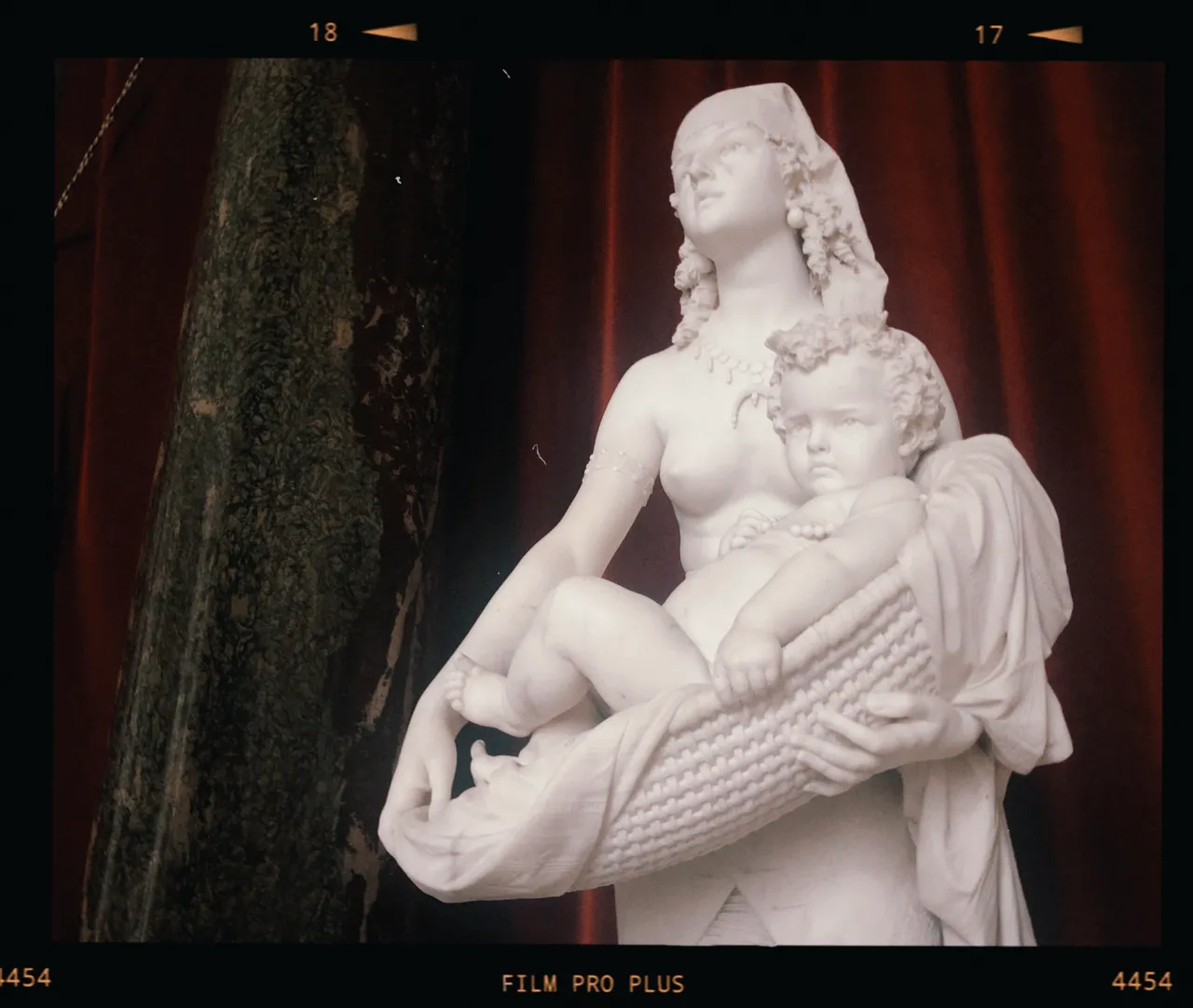

Drugi powód to historia. Bywało tu wielu znanych ludzi. Jednym z nich był Georg Philip Telemann, niemiecki kompozytor, który w latach 1705-1709 był nadwornym muzykiem i kapelmistrzem na dworze hr Promnitza. Z tego też powodu w latach 1704–1707 był częstym gościem pszczyńskiego zamku.
The second reason is history. Many famous people have been here. One of them was Georg Philipp Telemann, a German composer, who was a court musician and kapellmeister at the court of Hr Promnitz from 1705 to 1709. For this reason, he was a frequent guest at the Pszczyna castle from 1704-1707.
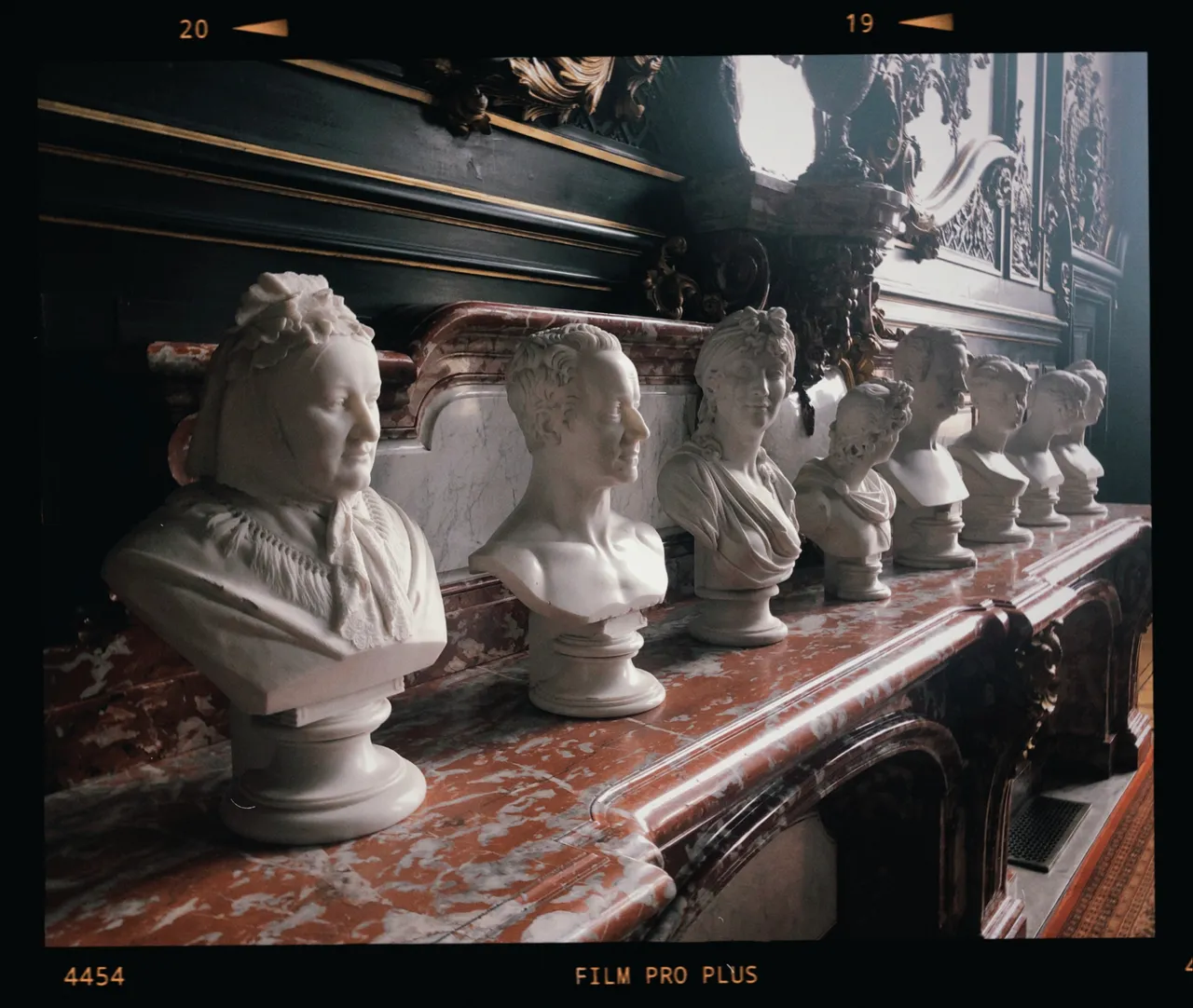



W rezydencji mieszkała również Maria Teresa Oliwia Hochberg von Pless znana też jako Daisy - prawdziwa celebrytka przełomu XIX i XX wieku. Była to angielska arystokratka, która w 1891 roku poślubiła księcia pszczyńskiego Hansa Heinricha XV Hochberga. Małżeństwo to nie przetrwało i zakończyło się rozwodem, do czego z pewnością przyczyniła się I wojna światowa...
Maria Teresa Oliwia Hochberg von Pless, also known as Daisy, a real celebrity of the late 19th and early 20th century, also lived in the residence. She was an English aristocrat who married the Pszczyna prince, Hans Heinrich XV Hochberg, in 1891. The marriage did not survive and ended in divorce, which was certainly influenced by World War I.






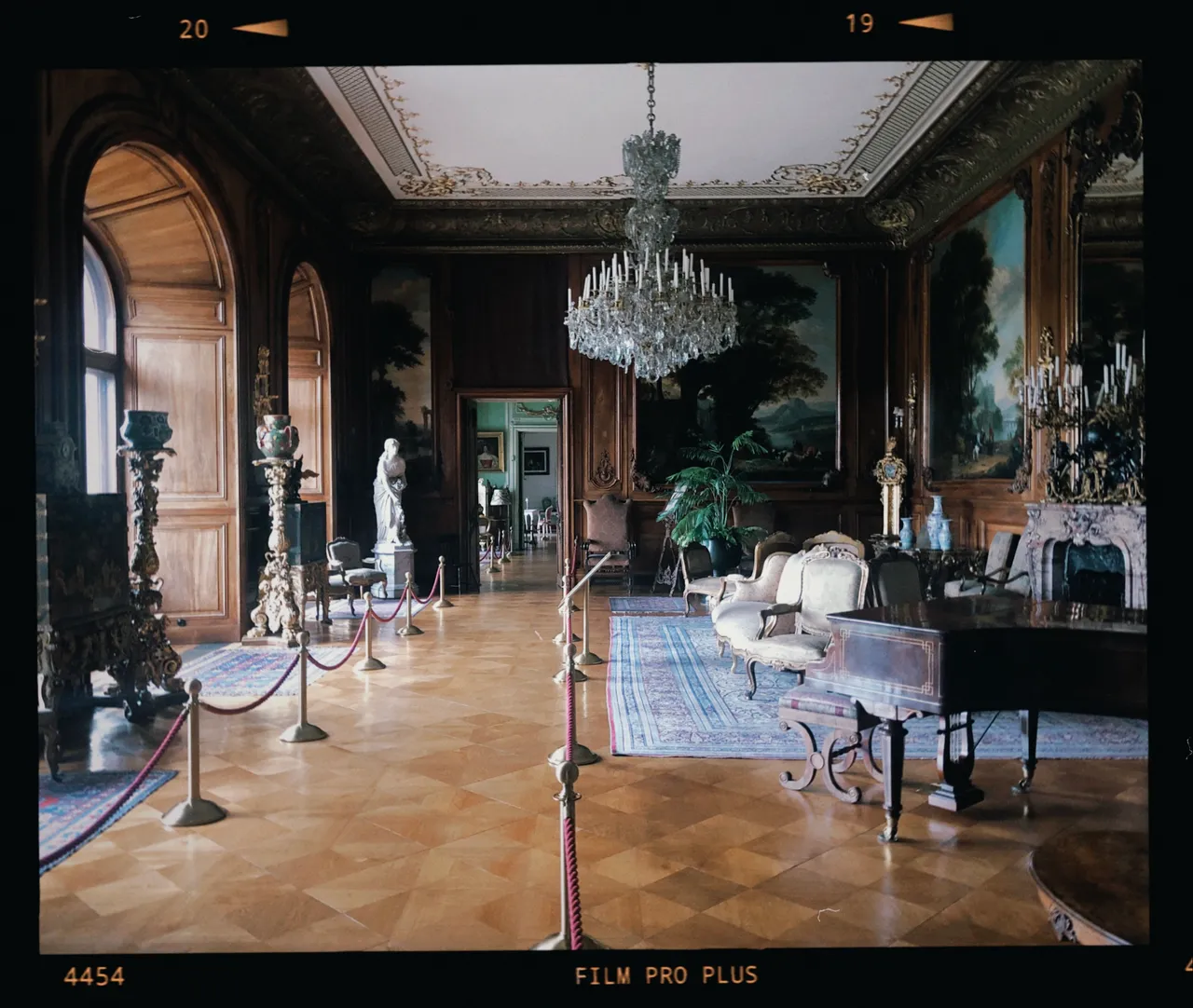
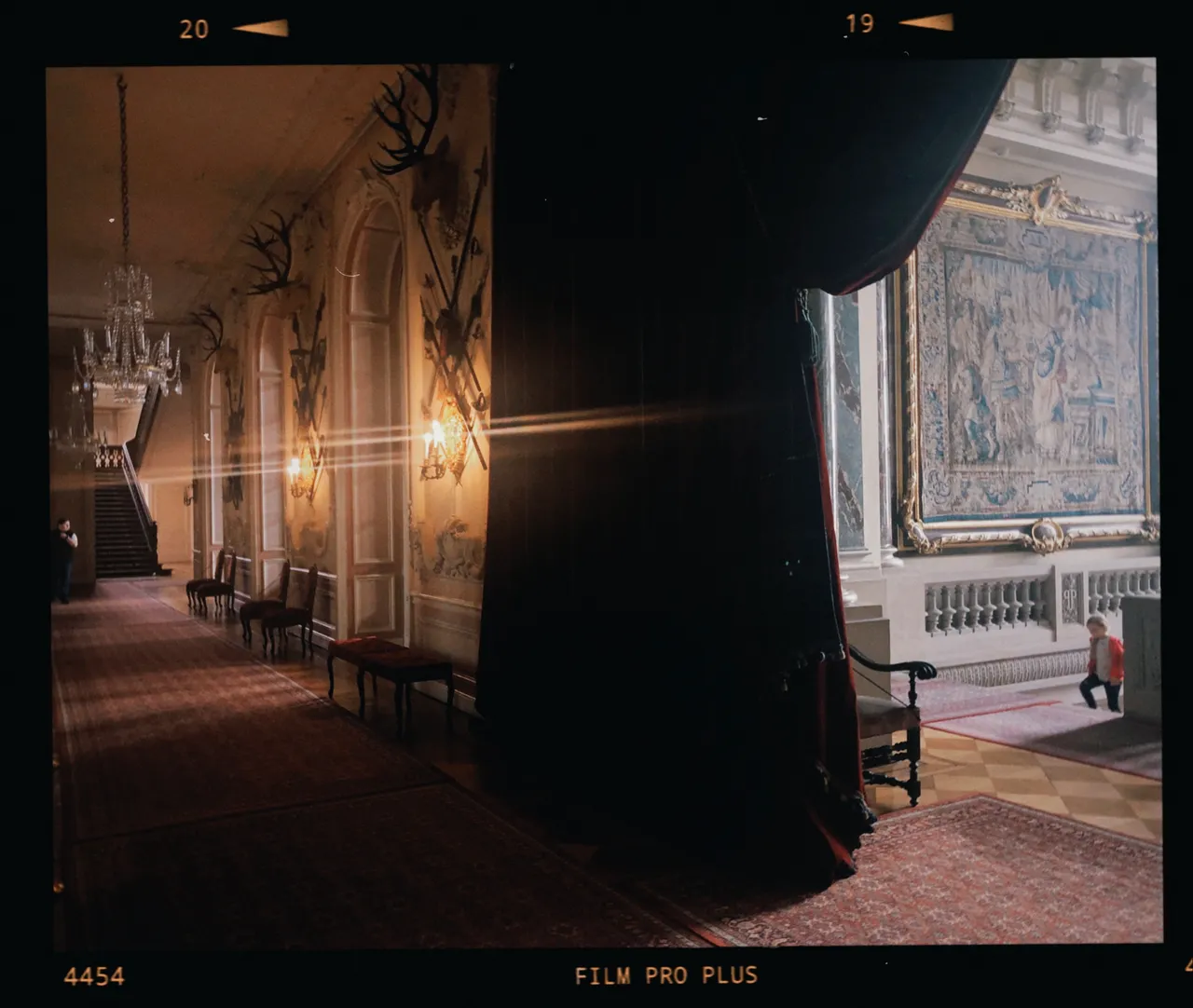

Jest w tym pewien paradoks, że książę pszczyński, którego żoną była Angielka, udostępnił swój zamek na kwaterę główną armii niemieckiej (Großes Hauptquartier) w latach 1915-1916. To tutaj decyzje podejmowali m.in. cesarz Wilhelm II, szef sztabu głównego marszałek Paul von Hindenburg oraz szef sztabu na front wschodni generał Erich Ludendorff.
There is a certain paradox that the Pszczyna prince, whose wife was English, made his castle available as the headquarters of the German army (Großes Hauptquartier) from 1915-1916. This is where decisions were made by Emperor Wilhelm II, Chief of the General Staff Marshal Paul von Hindenburg, and Chief of Staff on the Eastern Front General Erich Ludendorff.
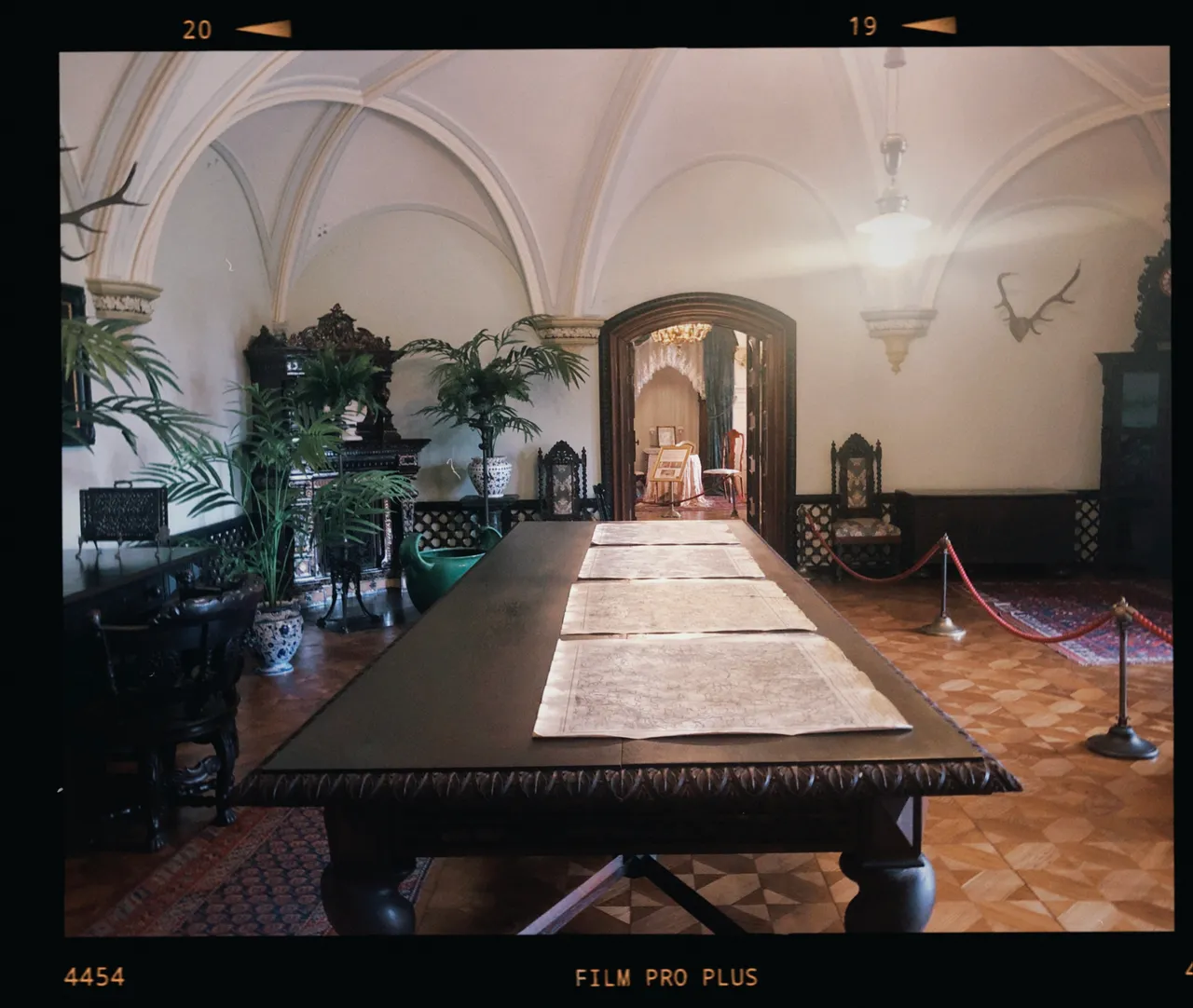


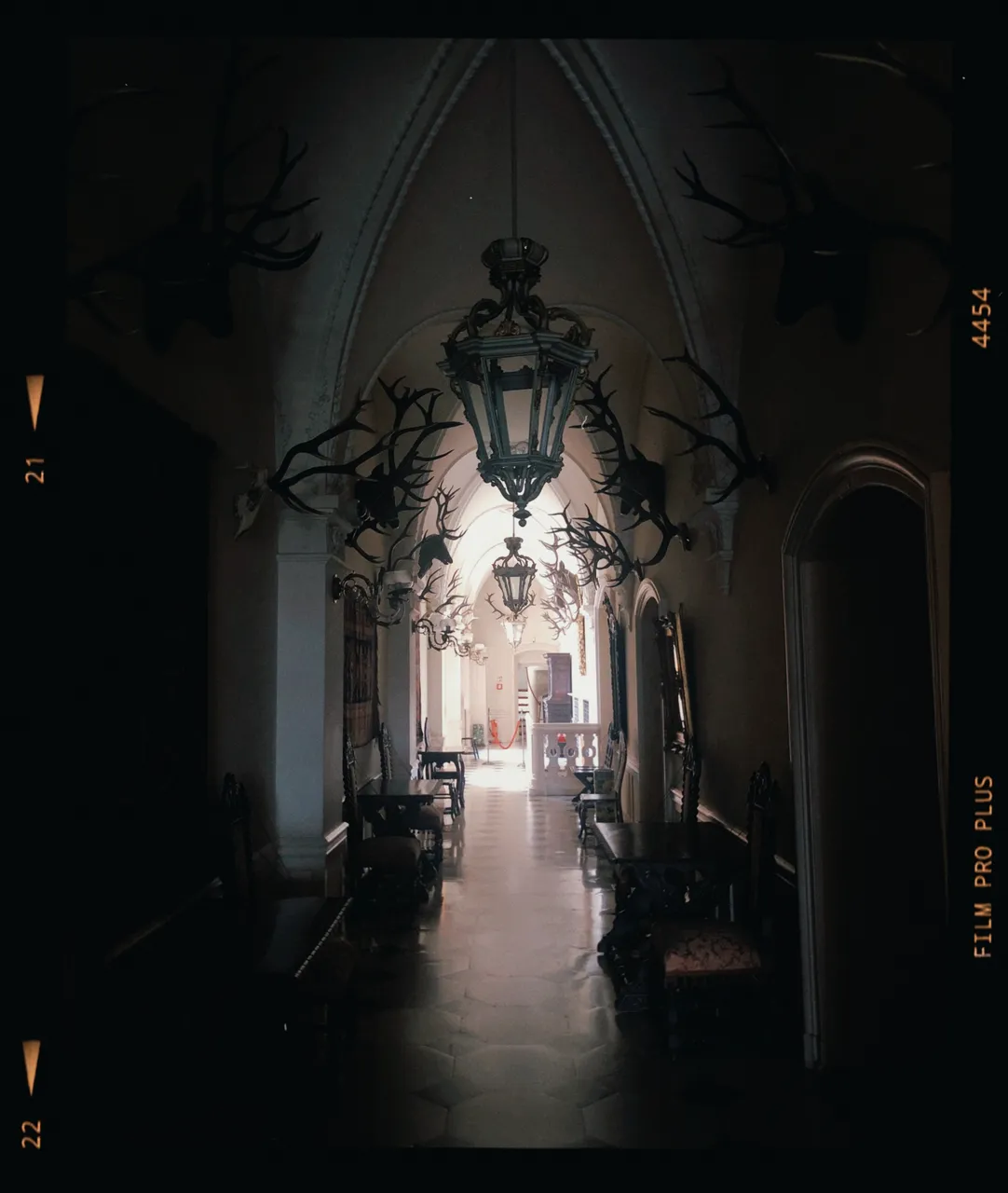
Historia jest niewątpliwie najlepszym powodem, aby odwiedzić pszczyński zamek. Niestety samo muzeum zdaje się tkwić w epoce, w której powstało. A zatem tuż przy wejściu witają nas dwie duże skrzynie z kapciami. We wnętrzach niby wszystko ok, ale ułożenie czasem zdaje się być przypadkowe. Nie odniesiemy wrażenia, że czas zatrzymał się w miejscu i jeszcze wczoraj mieszkał tu książę von Pless. Trochę szkoda, biorąc pod uwagę wszystko to, o czym pisałem wcześniej.
History is undoubtedly the best reason to visit the Pszczyna Castle. Unfortunately, the museum itself seems to be stuck in the era in which it was created. Thus, just inside the entrance, two large crates with slippers greet us. The interior is fine, but sometimes the arrangement seems random. We don't get the impression that time stood still here, and the Prince von Pless lived here just yesterday. What a pity, considering all that I wrote earlier.
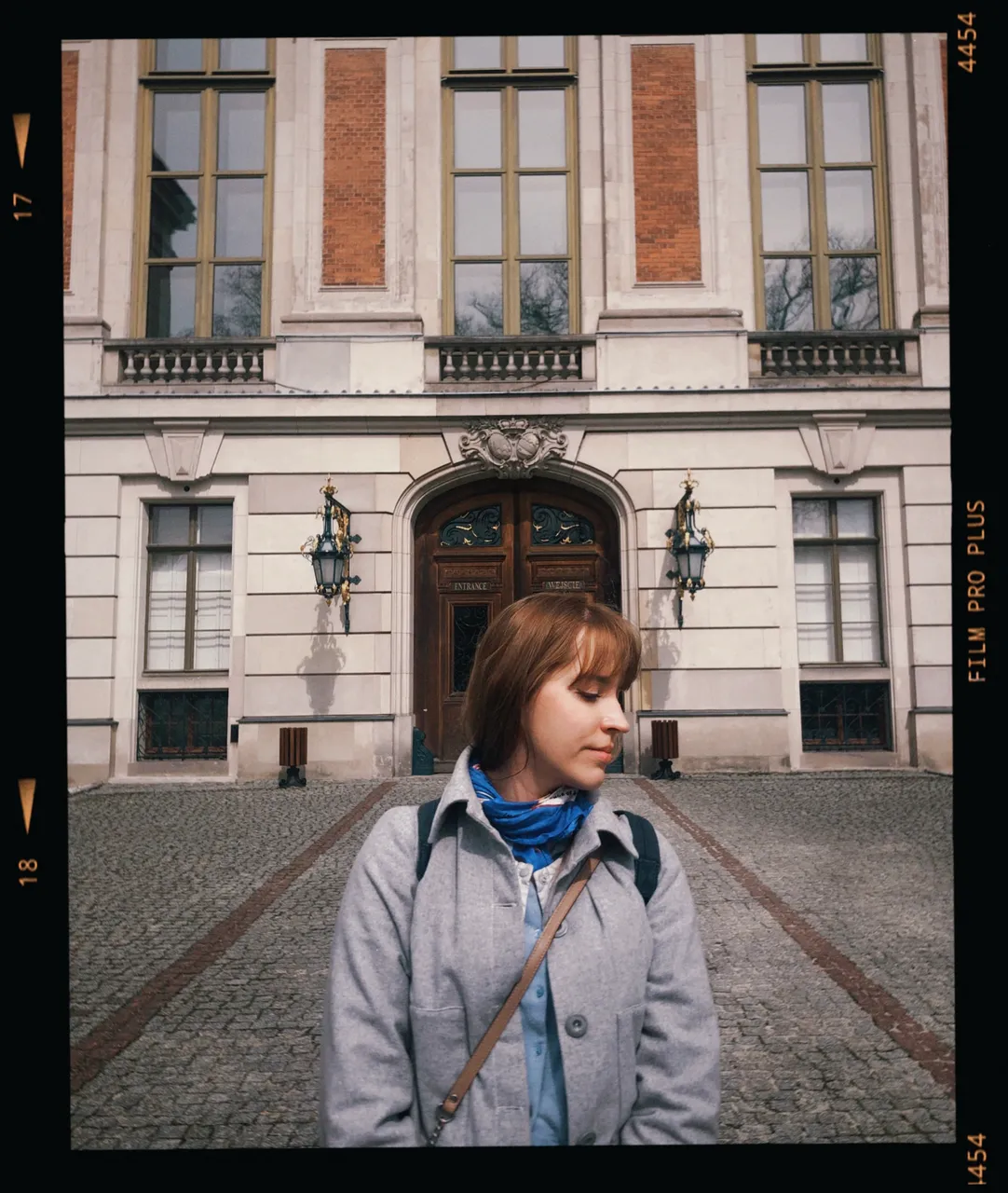
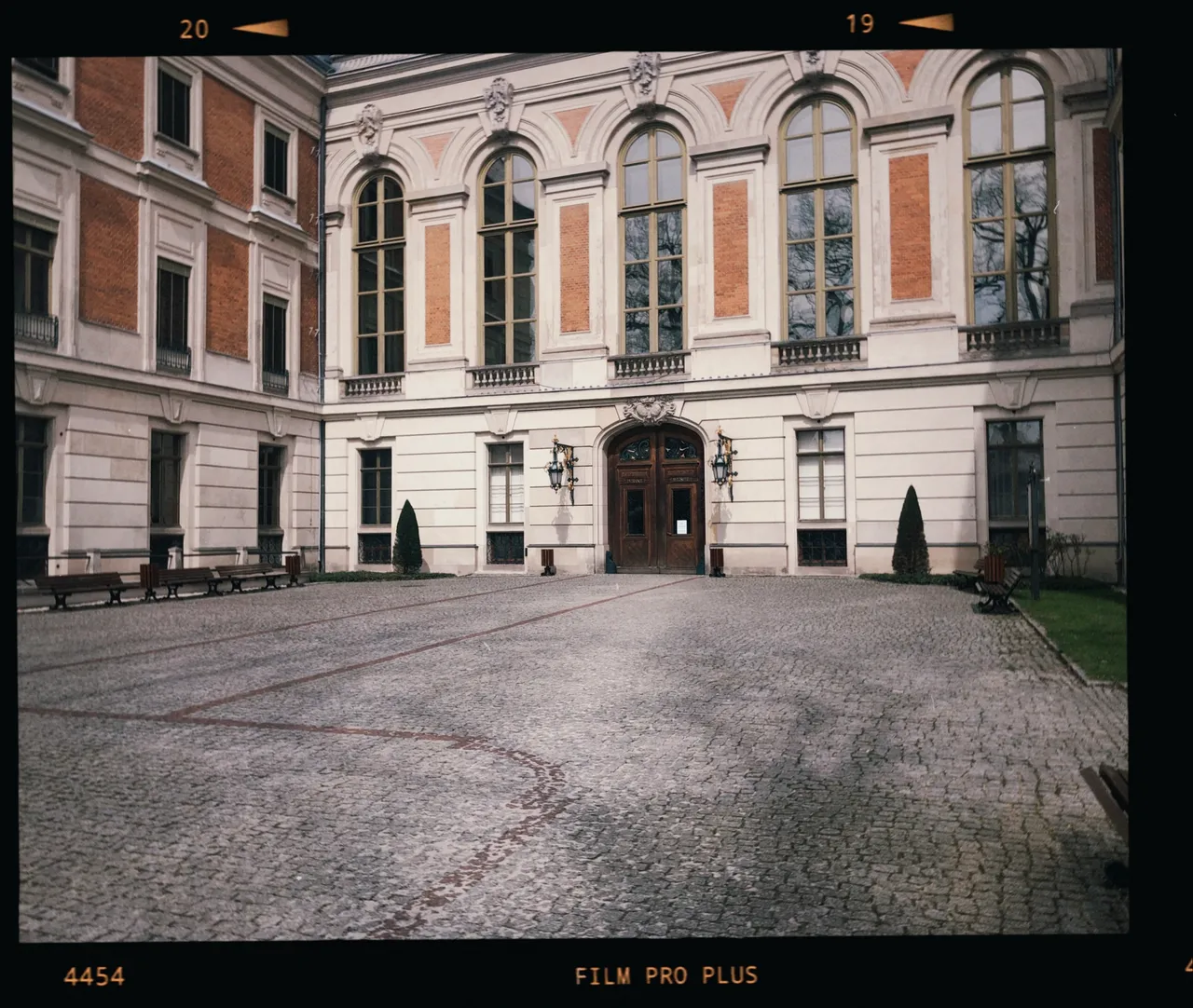
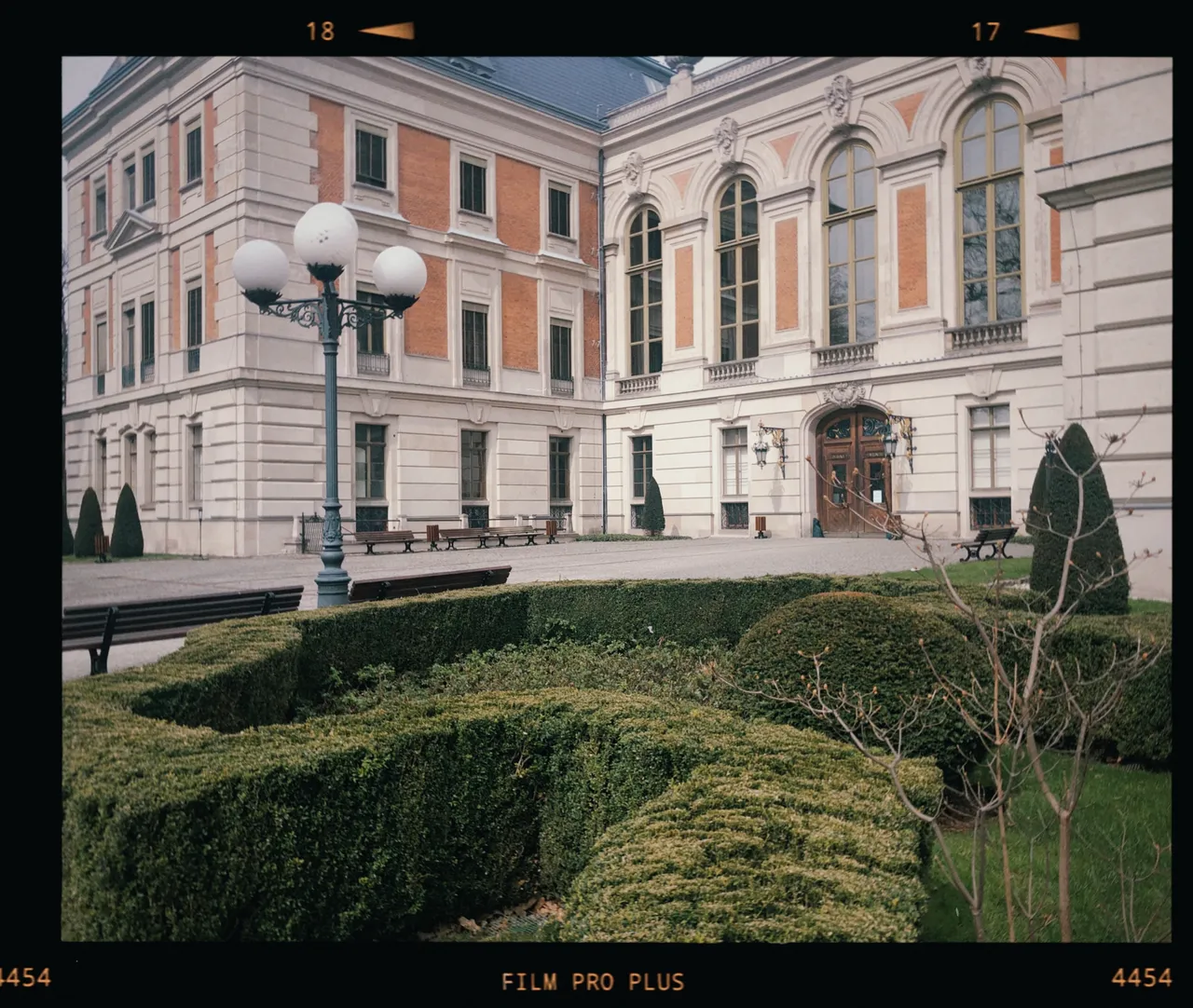
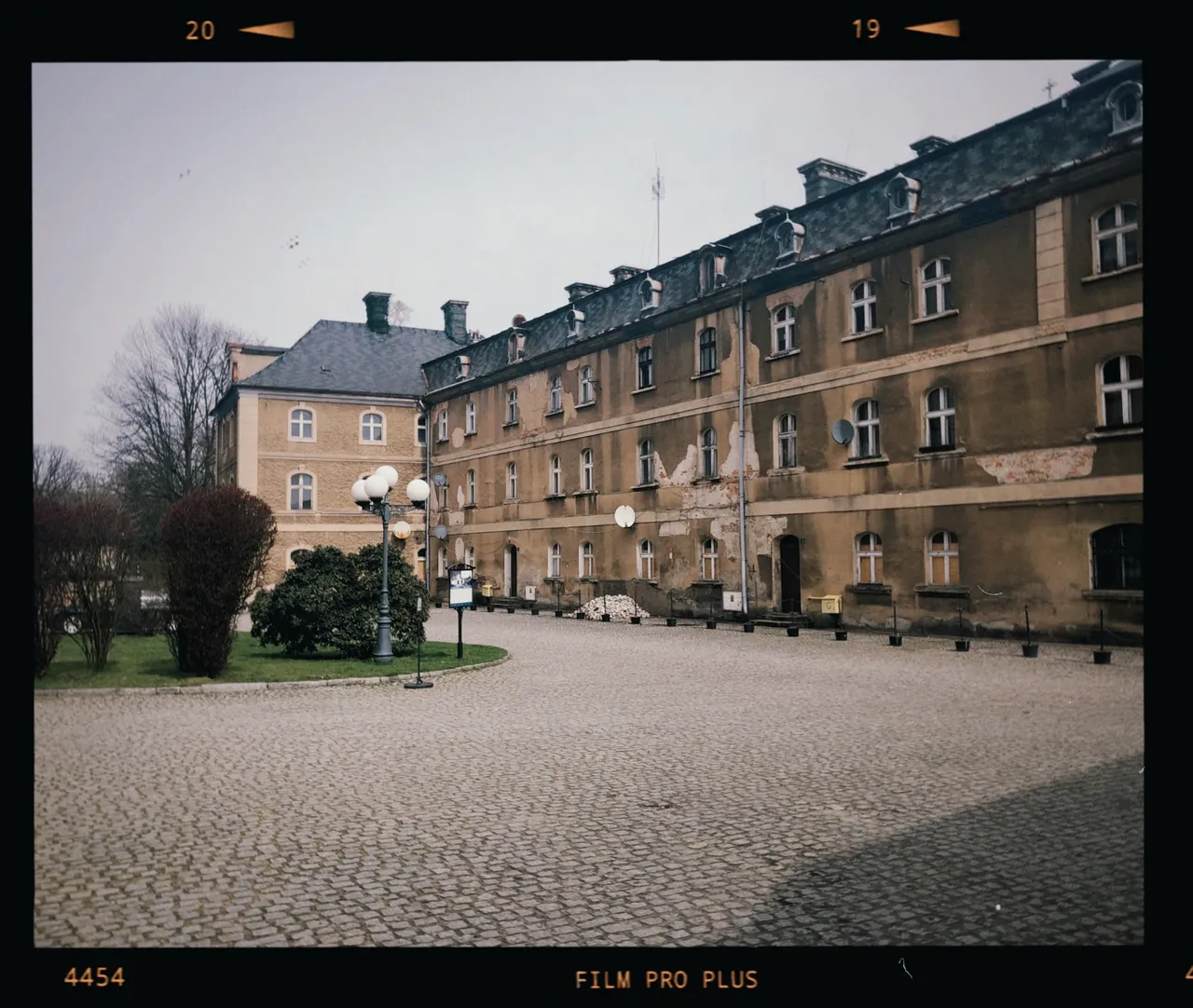

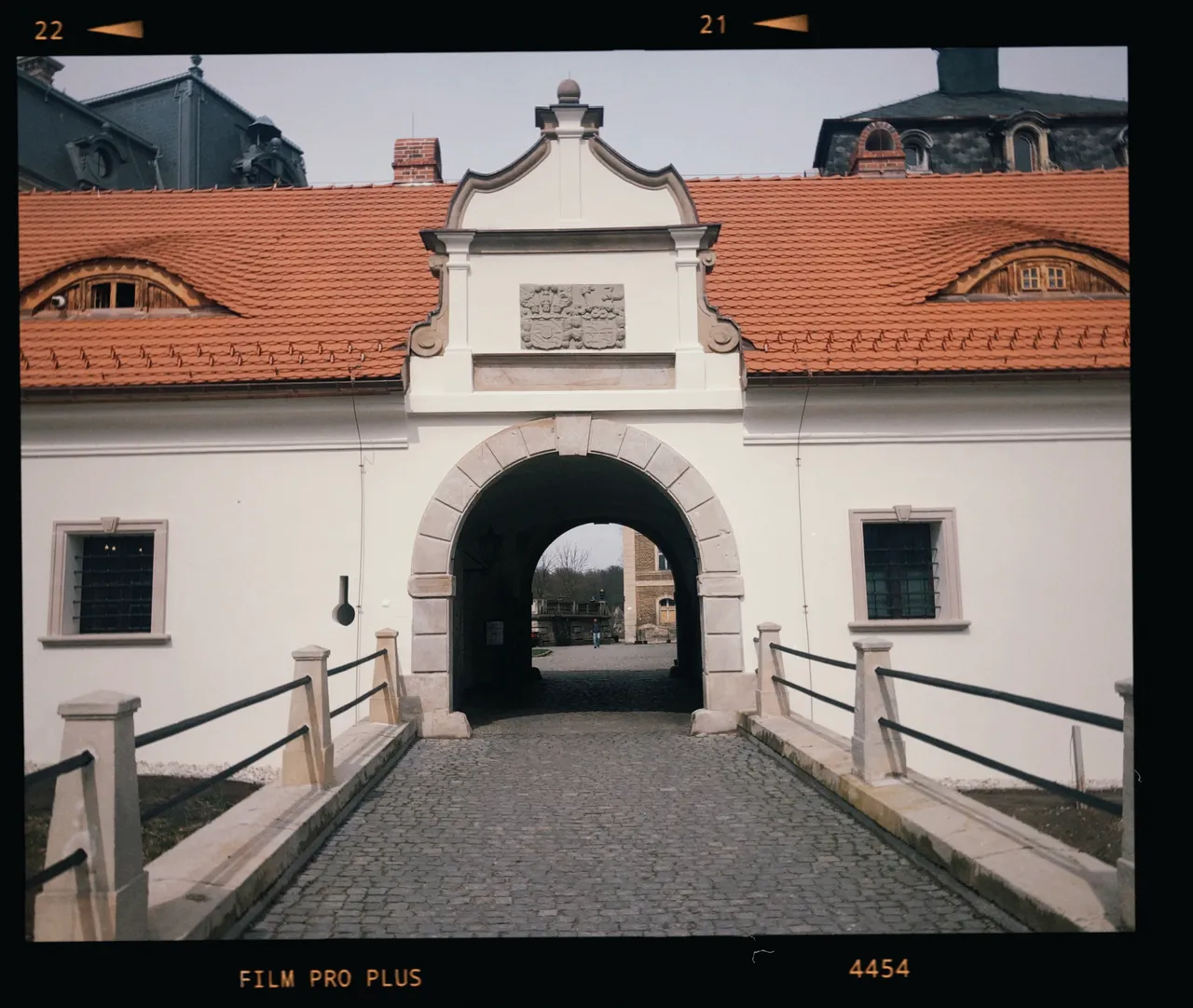
W mieście, podobnie jak w muzeum, tłumów nie było. Na rynku pojedynczy ludzie siedzieli na ławkach i łapali promienie słoneczne. Chcieliśmy napić się kawy w Cafe u Śmieszka, ale lokal był zamknięty (później znalazłem informację, że pod koniec marca zmarła właścicielka). W tej sytuacji powoli poszliśmy w kierunku dworca.
There were no crowds in the city, just like in the museum. People sat on benches in the market square, catching rays of sunshine. We wanted to have coffee at Cafe u Śmieszka, but the place was closed (later I found out that the owner passed away at the end of March). In this situation, we slowly walked towards the station.
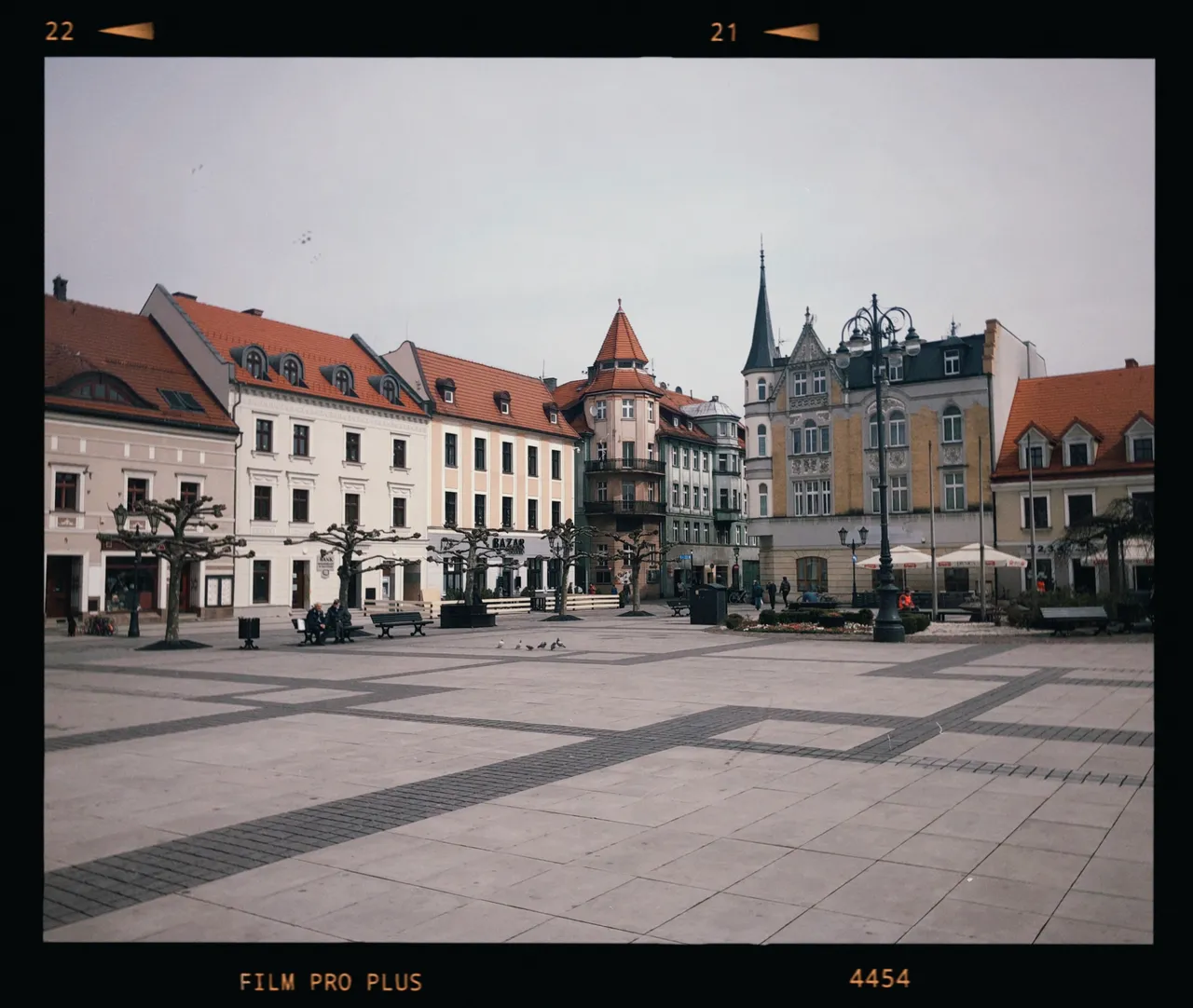

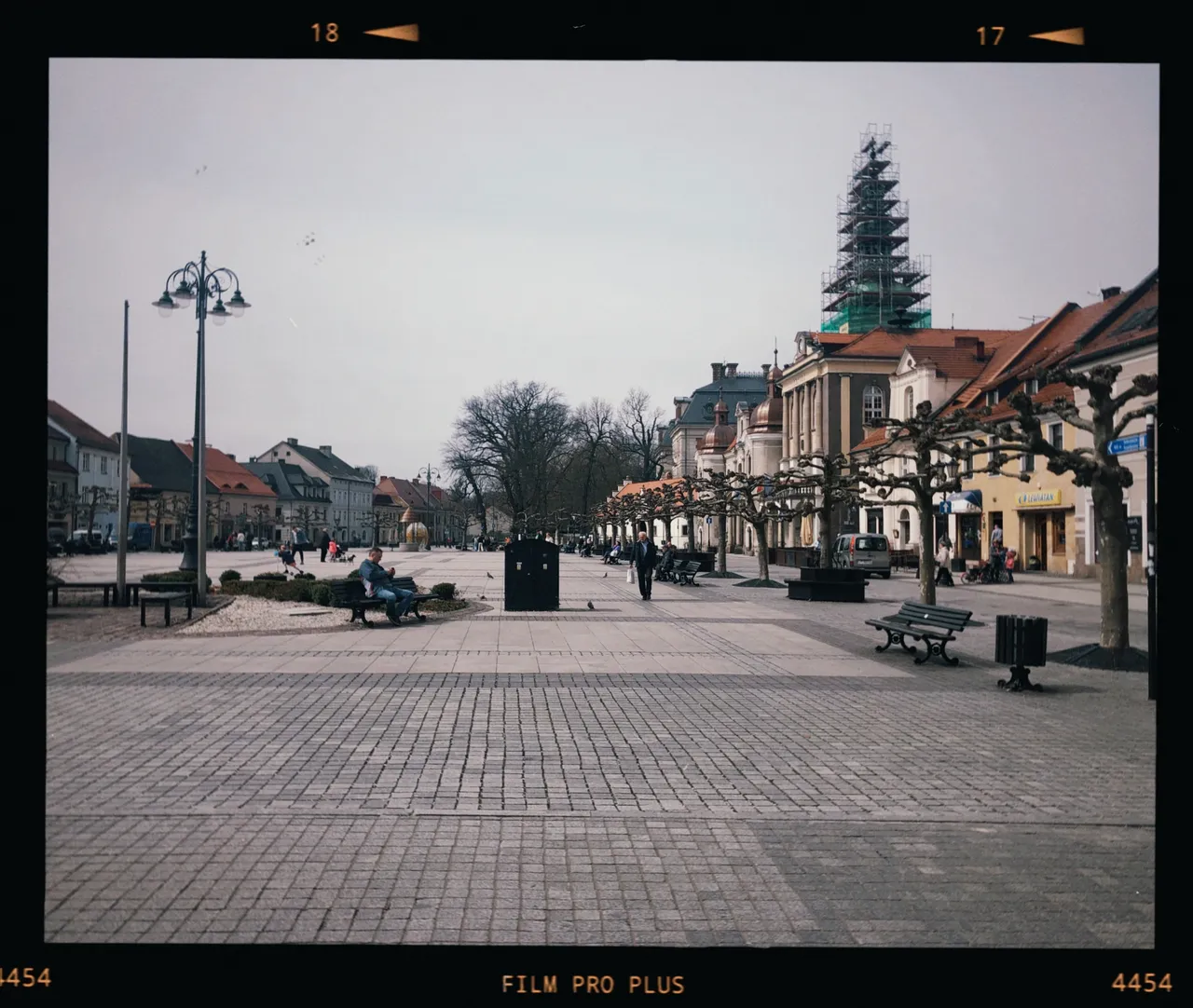
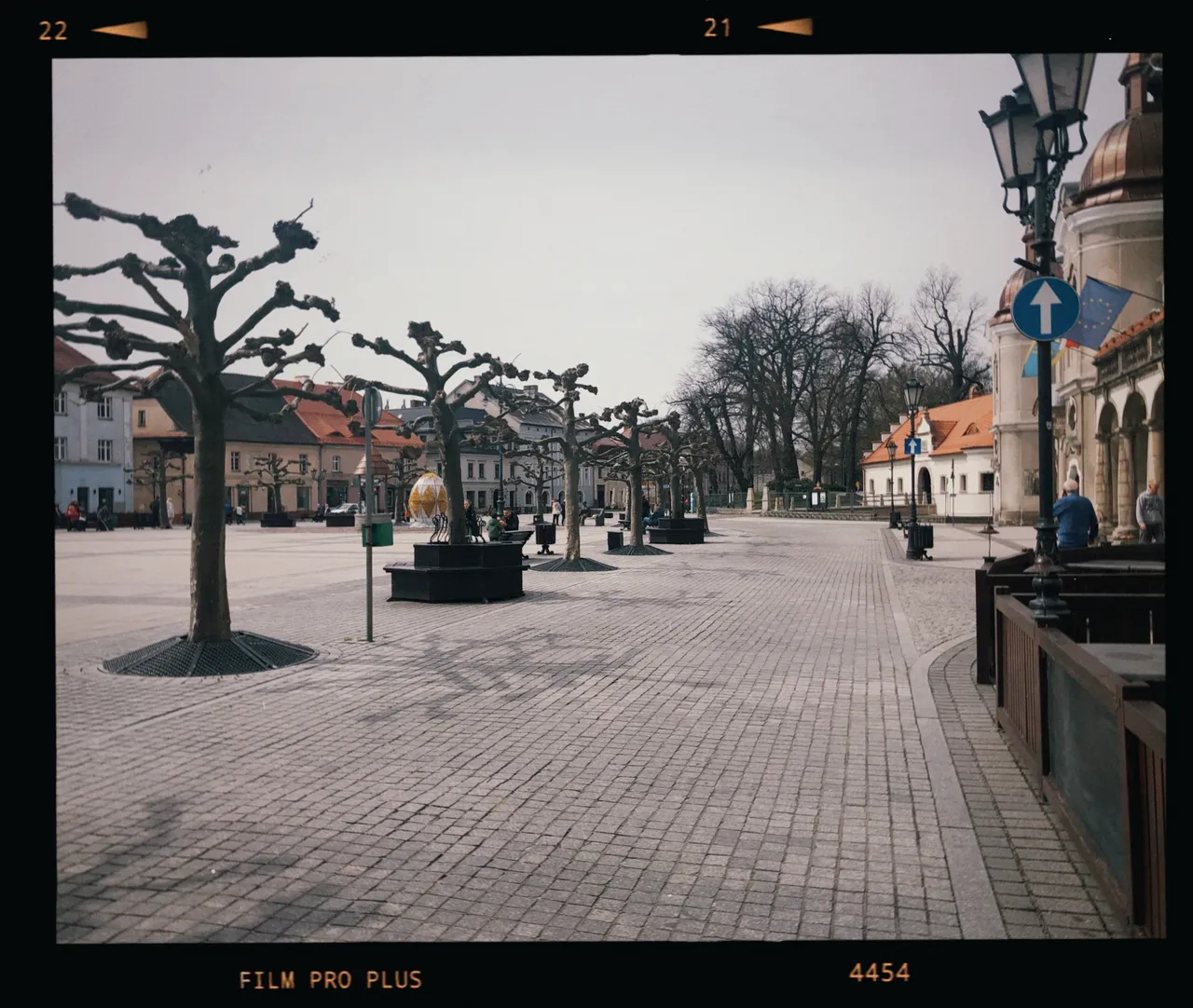


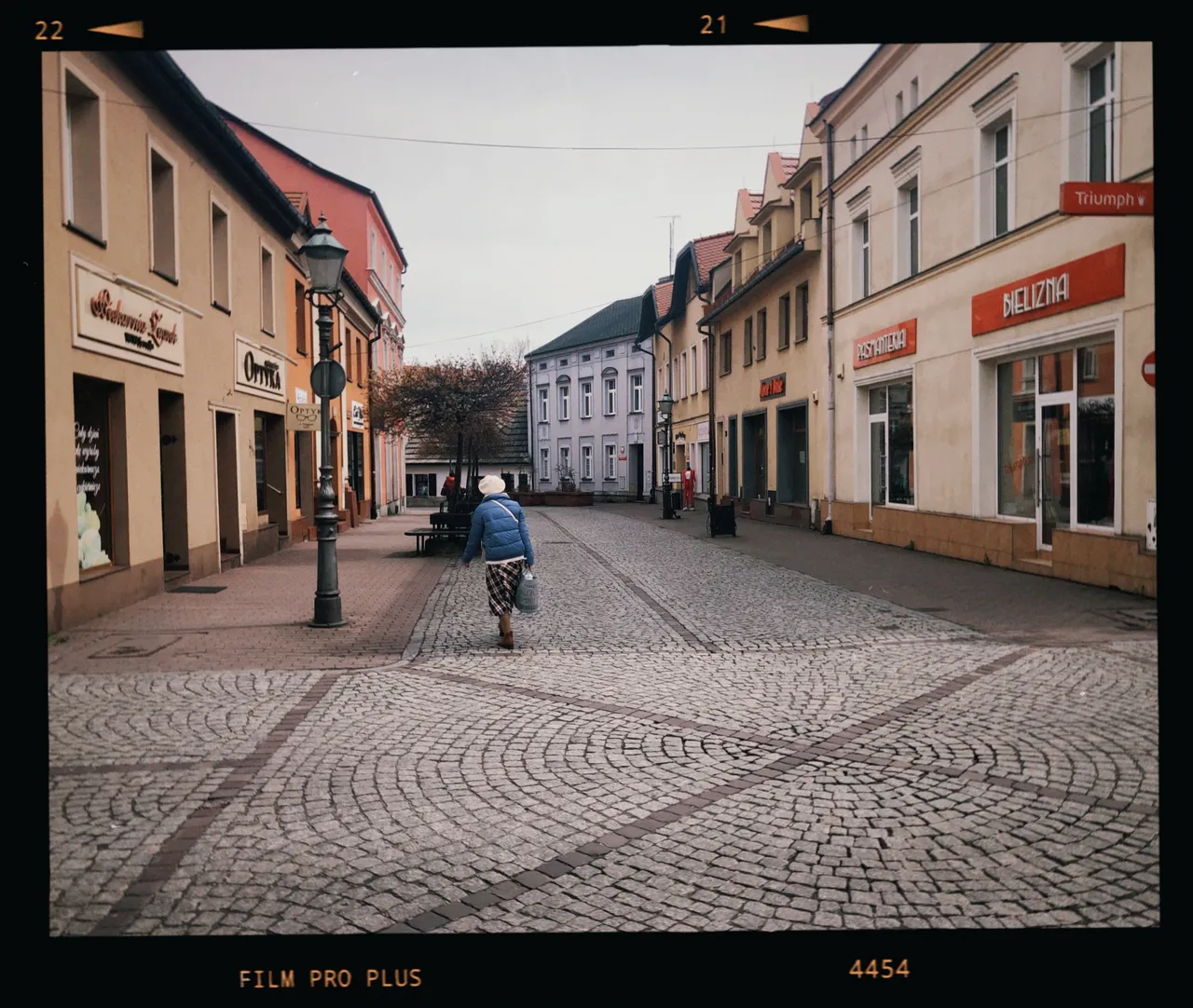
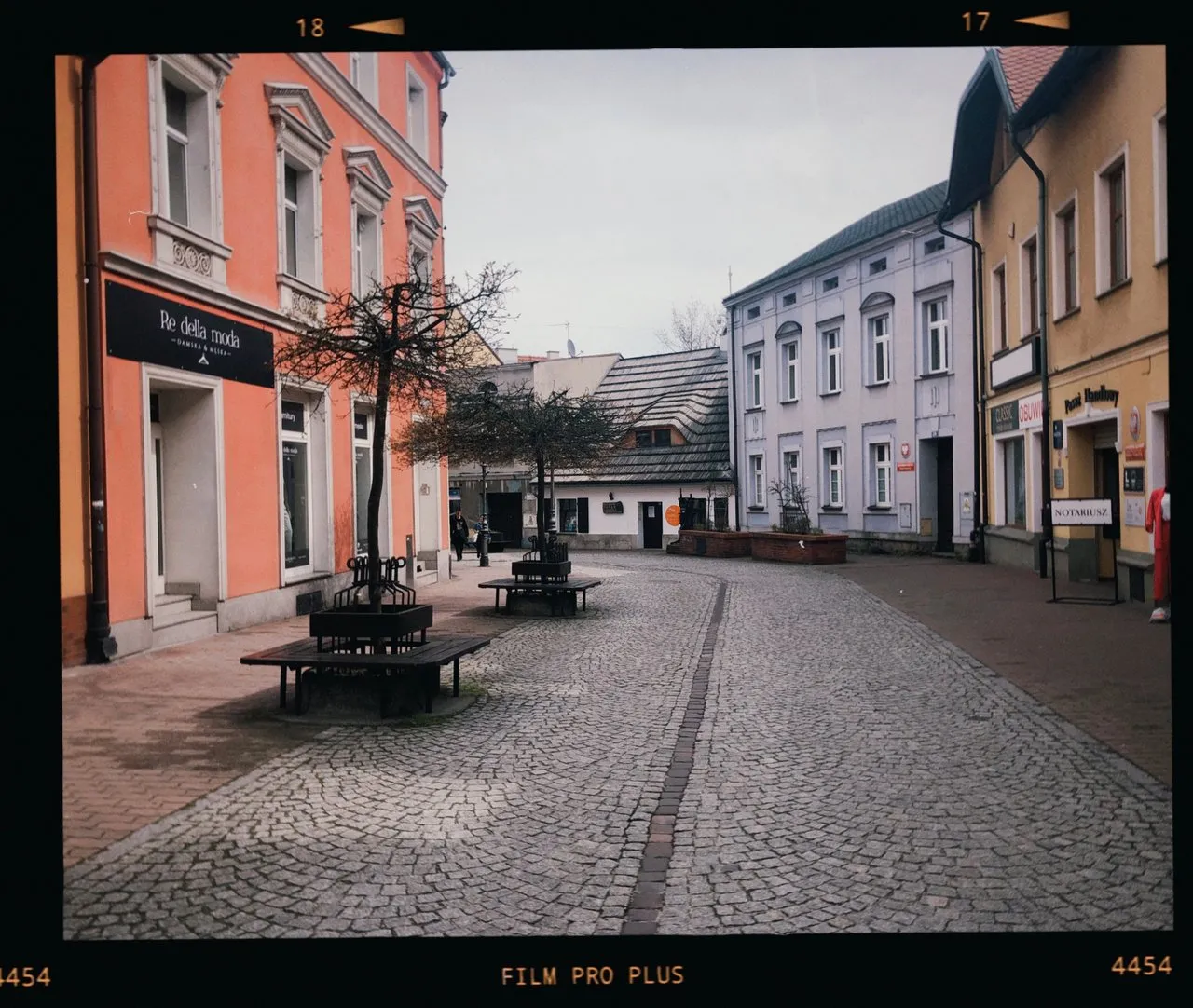
To był pierwszy spacer po Pszczynie w tym roku. Poprzedni miał miejsce końcem grudnia 2022. Bardziej spostrzegawcze osoby dostrzegą zmiany, które zaszły w mieście w pierwszym kwartale roku.
This was the first walk around Pszczyna this year. The previous one took place at the end of December 2022. Observant people will notice the changes that took place in the city in the first quarter of the year.